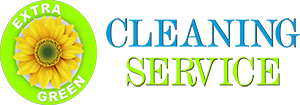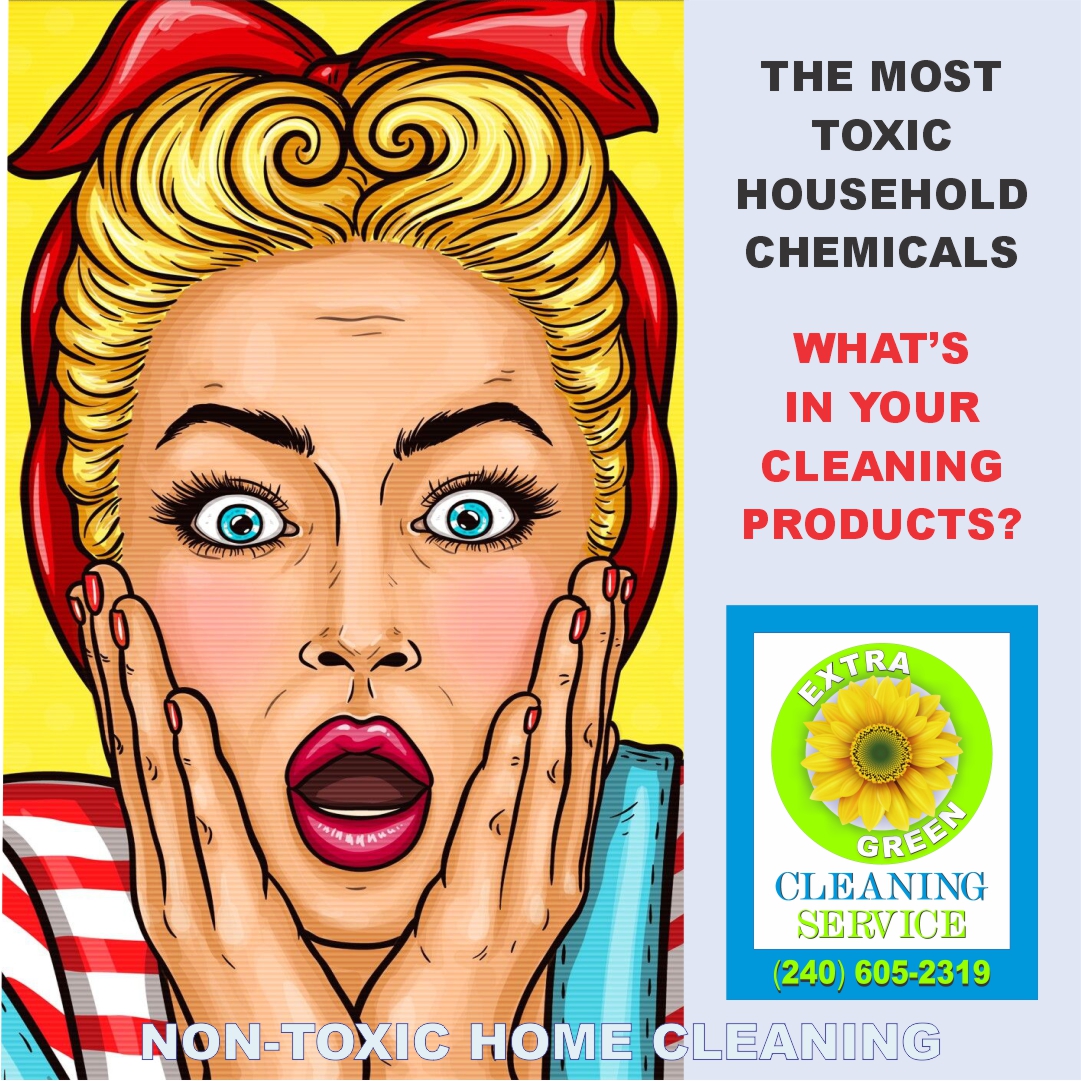How to create safe and effective home-cleaning formulas for every part of your home.
Common commercial cleaners are loaded with toxic and polluting substances designed to make domestic life easier. The cost of these chemical-based products can be high: long-term health concerns for the family and environmental pollution caused by their manufacture and disposal.
In the US, for example, one in three people suffer from allergies, asthma, sinusitis, or bronchitis (US National Center for Health Statistics). Some cleaning chemicals are allergy and asthma triggers, so treatment for these conditions should include reducing synthetic chemicals in the home environment.
Yet the federal government doesn’t require cleaning product manufacturers to list ingredients on their products. This makes choosing healthier products difficult for consumers.
WHAT’S IN YOUR CLEANING PRODUCTS?
The Environmental Working Group (EWG) examined the safety data of over 1000 ingredients used in commercial household cleaning products. They found that more than half of those products contained ingredients harmful to the lungs. One in five had ingredients that can trigger asthma, even in healthy individuals.
BELOW ARE SOME OF THE MOST DANGEROUS CHEMICALS CURRENTLY USED IN HOME CLEANING PRODUCTS:
1,4-dioxano – This ingredient is suspected carcinogen found in many common detergents.
Quaternary Ammonium Compounds or “Quats” – Quats are known asthma triggers often found in spray cleaners and fabric softeners.
Chlorine Bleach – fumes can contain chlorine and chloroform, which have been linked to respiratory and neurological effects and cancer. In addition, bleach is highly reactive and can form other dangerous gases when it comes in contact with ammonia or acids such as vinegar.
Formaldehyde – Used as a preservative, formaldehyde is a known carcinogen.
Perchloroethylene (“PERC”) – Found in spot removers, home dry cleaning products, and upholstery cleaners, PERC is a probable carcinogen and neurotoxin.
Below are some of the most dangerous chemicals currently used in home cleaning products:
Ammonia – Ammonia is a respiratory and skin irritant.
Antibacterials – Though the FDA banned triclosan and 18 other anti-bacterial compounds from hand and body soaps in 2016, these may still be found in cleaners. These banned substances have been linked to endocrine disruption and antibiotic resistance. Unfortunately safety data on many of the antibacterials used as alternatives is scant.
2-Butoxyethanol (also 2-BE, BCEE, or Butyl cellosolve) – Found in laundry stain removers, oven cleaners, and degreasers, 2-BE is a skin and eye irritant that made the list of toxic substances in the Canadian Environmental Protection Act.
Diethylene Glycol Monomethyl Ether (also DEGME or Methoxydiglycol) – This ingredient is a solvent used in some degreasers and heavy-duty cleaners. Banned for use in cleaners in the EU, this compound has been linked to reproductive health effects.
Fragrance – The common ingredient known simply as “fragrance” may contain hundreds of different chemical compounds, including phthalates, an endocrine disruptor. Fragrances may also trigger asthma and allergies.
In addition to the above effects, many common cleaning products will burn or irritate skin and eyes, and many are fatal if swallowed. Thankfully, none of these ingredients are necessary for cleaning your home. It’s easy to make your own safe cleaning products using the formulas listed below.
A growing number of commercial, non-toxic home cleaning products are also available as healthier and environmentally responsible alternatives. If you don’t have the time or inclination to make your own, using these products helps promote the growth of green businesses that are contributing to a more sustainable economy.
By – learn.eartheasy.com
TO BE CONTINUED
SIGN UP
Stay current on the health and wellness information that makes a difference to you and your family. Sign up to our newsletter to receive updates and specials and have more expert tips and insights sent directly to your inbox.
Join Our Newsletter Now and request a free quote for the best Green House Cleaning at www.extragreencleaning.com
#cleaning #housecleaning #greencleaning

